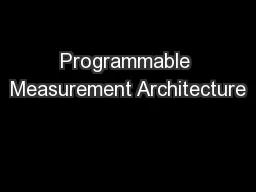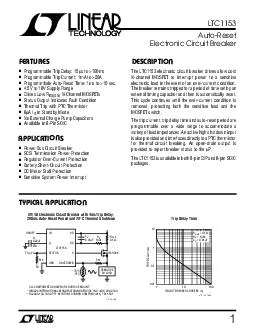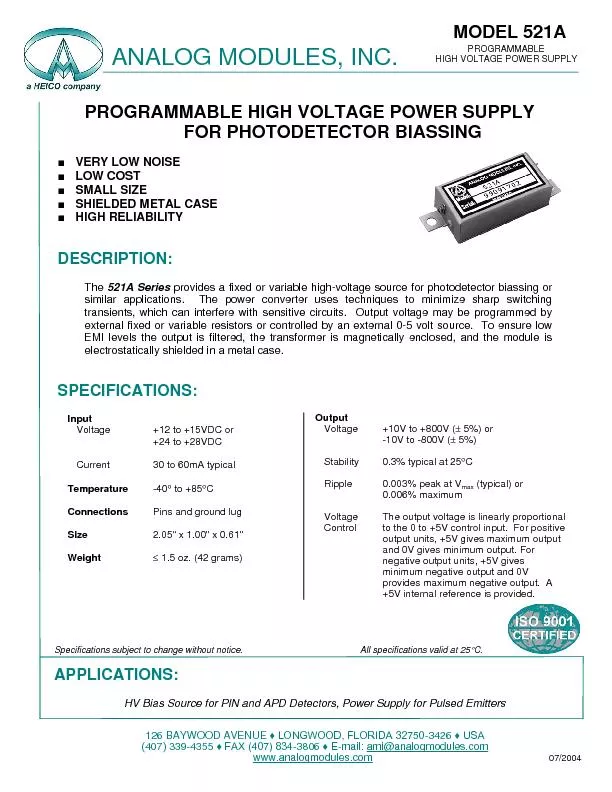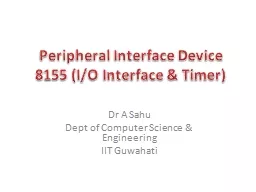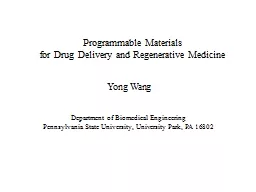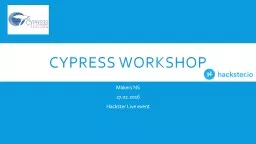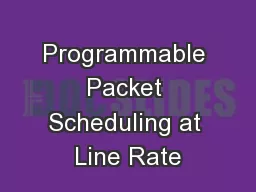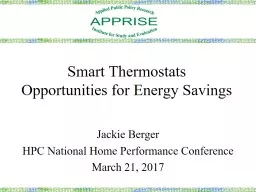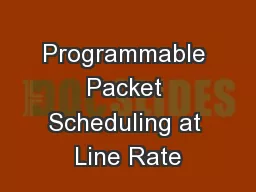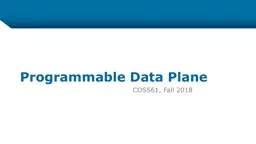PPT-Programmable Measurement Architecture
Author : tatiana-dople | Published Date : 2017-10-12
for Data Centers Minlan Yu University of Southern California 1 Management Measurement Control Traffic engineering l oad balancing Identify large traffic aggregates
Presentation Embed Code
Download Presentation
Download Presentation The PPT/PDF document "Programmable Measurement Architecture" is the property of its rightful owner. Permission is granted to download and print the materials on this website for personal, non-commercial use only, and to display it on your personal computer provided you do not modify the materials and that you retain all copyright notices contained in the materials. By downloading content from our website, you accept the terms of this agreement.
Programmable Measurement Architecture: Transcript
Download Rules Of Document
"Programmable Measurement Architecture"The content belongs to its owner. You may download and print it for personal use, without modification, and keep all copyright notices. By downloading, you agree to these terms.
Related Documents

